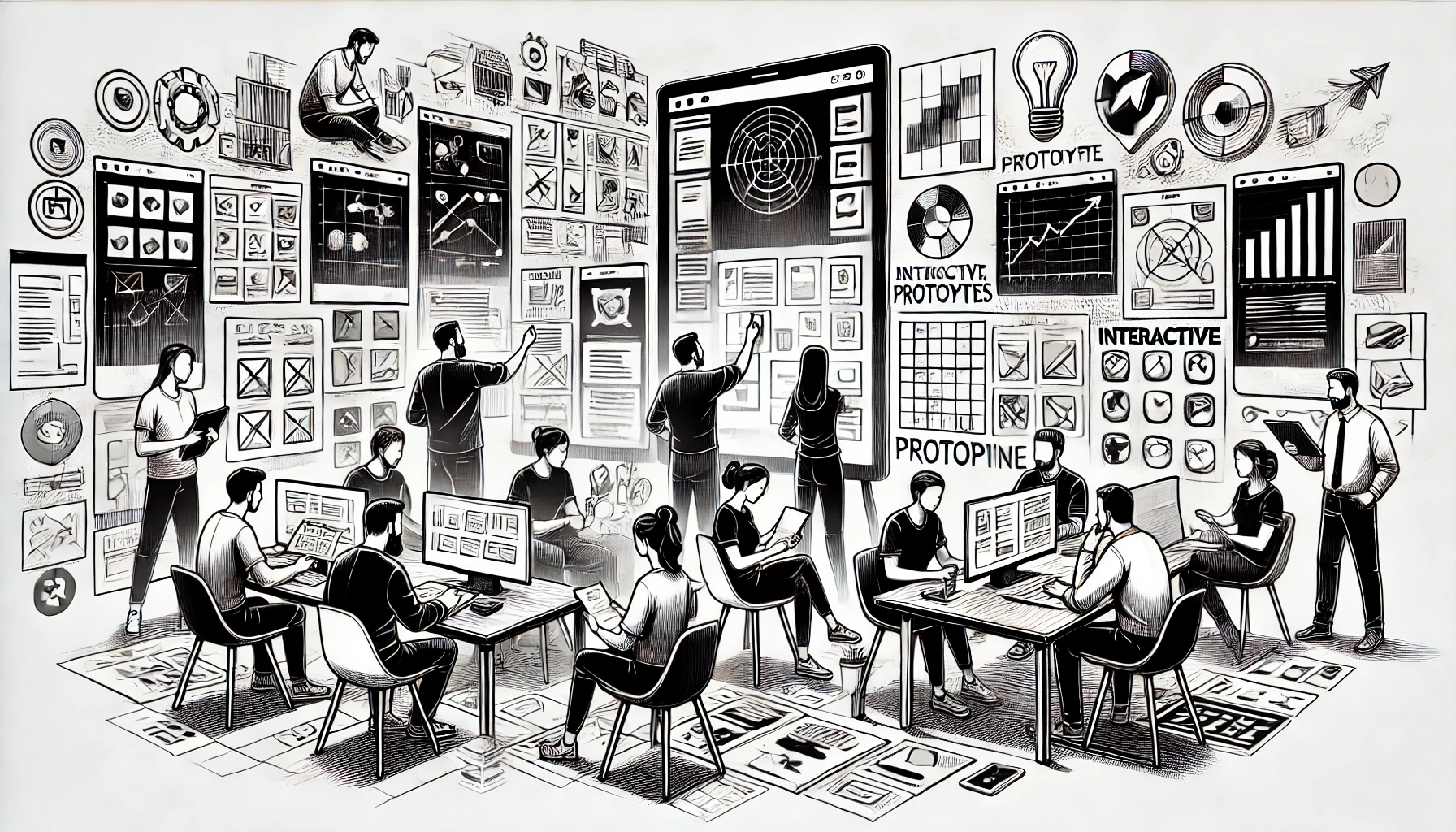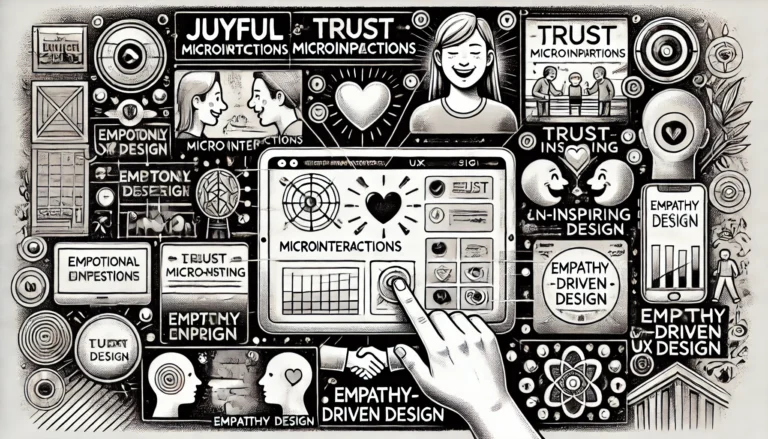In the fast-evolving world of UX/UI design, the ability to iterate quickly and validate ideas is crucial. Rapid prototyping has become an essential tool in the designer’s toolkit, enabling teams to transform concepts into tangible experiences swiftly. This process not only accelerates development but also ensures that user needs remain central throughout.
What Is Rapid Prototyping?
Rapid prototyping involves creating low to high-fidelity mockups of a product to visualize and test functionality, design, and usability. These prototypes can range from basic sketches to interactive digital models that simulate real user interactions.
Key Benefits of Rapid Prototyping
- Early Validation of Ideas
Prototyping allows teams to test concepts early in the design process. This minimizes the risk of costly mistakes and ensures alignment with user expectations. - Enhanced Collaboration
Prototypes act as a shared language among stakeholders, bridging gaps between designers, developers, and business teams. This alignment reduces misunderstandings and accelerates decision-making. - User-Centric Design
Interactive prototypes enable usability testing with real users, gathering insights that refine designs and ensure they meet user needs effectively. - Cost and Time Efficiency
By identifying issues early, rapid prototyping saves time and resources that might otherwise be spent on reworking designs during development.
Types of Prototyping in UX/UI
- Paper Prototyping: Quick and cost-effective for brainstorming ideas.
- Low-Fidelity Digital Prototyping: Focuses on structure and layout, using wireframes.
- High-Fidelity Prototyping: Includes design details, interactivity, and animations to simulate the final product experience.
Tools for Rapid Prototyping
Popular tools like Figma, Adobe XD, and Axure provide intuitive platforms for creating and sharing prototypes. These tools streamline the process, enabling teams to iterate quickly and efficiently.
Conclusion
Rapid prototyping is a cornerstone of successful UX/UI design. By enabling swift iteration, fostering collaboration, and keeping users at the heart of the process, it helps create products that are both functional and delightful. Embracing prototyping not only accelerates development but also ensures design excellence.



